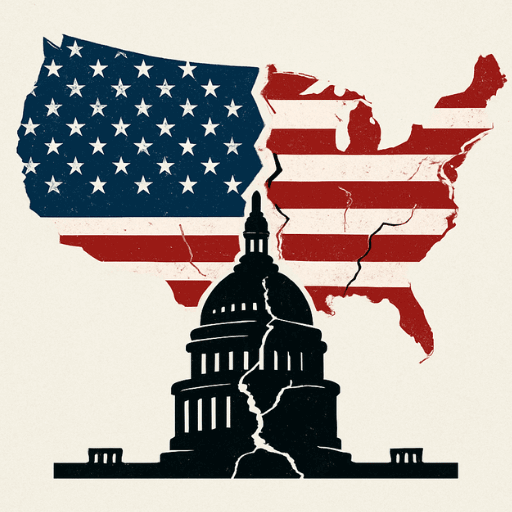Supreme Court Rulings Favor Trump: Analyzing Recent Legal Developments
TLDR; The Supreme Court’s recent rulings have favored Donald Trump, blocking a lower court’s order to rehire 16,000 federal workers and raising questions about legal standing. This blog post explores the implications of these decisions, the concept of standing in law, and the broader context of Trump’s legal battles.
In a series of rapid legal developments, the United States Supreme Court has delivered its third ruling favoring Donald Trump within a short span of time. This latest decision blocks an order from Judge Alop of the San Francisco federal court, which mandated the rehiring of 16,000 federal workers who had been abruptly dismissed. This blog post delves into the implications of this ruling, the concept of legal standing, and the broader context of Trump’s ongoing legal challenges.
Background of the Case
The case originated when Judge Alop issued an injunction after determining that the Trump administration had acted arbitrarily and capriciously in firing these federal employees without proper notice. The judge found that many of those dismissed had received positive performance reviews shortly before their termination, which raised serious questions about the justification for their mass firing.
The Trump administration countered by arguing that the groups bringing the case lacked standing, a legal term that refers to the ability of a party to demonstrate to the court sufficient connection to and harm from the law or action challenged. They also contended that the Administrative Procedures Act (APA) did not apply in this situation, as there are specific civil service laws governing such dismissals.
Supreme Court Blocks Rehiring of 16,000 Federal Workers
In a 6-3 decision, the Supreme Court ruled that the plaintiffs did not have standing to bring the case, effectively allowing the Trump administration to avoid rehiring the 16,000 workers while the appeal is pending. The Court’s ruling was delivered in an unsigned opinion, which some critics have labeled as a “cowardly” way to sidestep a more contentious legal issue.
Justice Sonia Sotomayor dissented, arguing that the application for a stay should have been denied, while Justice Ketanji Brown Jackson suggested that the standing issue should not have been addressed at this stage, given that the matter was still pending in lower courts.
What Is Legal Standing? Why It Matters in Trump’s Cases
Legal standing is a crucial concept in the judicial system. It requires that a party must demonstrate a concrete and particularized injury that is fairly traceable to the challenged action and likely to be redressed by a favorable judicial decision. In this case, the Supreme Court interpreted the claims brought by the nonprofit organizations as lacking the necessary standing, while overlooking the standing of the labor unions representing the fired workers.
This ruling highlights how standing can serve as an exit ramp for courts, allowing them to dismiss cases without addressing the substantive issues at hand. The implications of this ruling extend beyond this case, as it sets a precedent for how similar cases may be handled in the future.
Broader Implications for Democracy and Workers’ Rights
The ruling in this case is not an isolated incident. It follows a pattern of recent Supreme Court decisions that have favored the Trump administration. For instance, just a week prior, the Court ruled in favor of Trump regarding the Alien Enemies Act, allowing for actions taken against individuals without due process. This trend raises concerns about the erosion of democratic principles and the rule of law.
Additionally, there is a related case in Maryland, where Judge Bdar issued a ruling requiring the rehiring of 20,000 probationary workers based on different legal grounds. This ruling remains in effect, creating a complex legal landscape where multiple judges are addressing similar issues with potentially conflicting outcomes.
Conclusion
The recent Supreme Court rulings represent a significant moment in the ongoing legal battles surrounding Donald Trump. With three consecutive wins, the Court’s decisions have raised critical questions about the balance of power, the role of the judiciary, and the protection of workers’ rights. As these cases continue to unfold, the implications for democracy and the rule of law will be closely scrutinized.
As we move forward, it is essential to remain vigilant about the legal precedents being set and their potential impact on future cases. The intersection of law and politics remains a dynamic and contentious arena, and the outcomes of these cases will undoubtedly shape the landscape for years to come.






